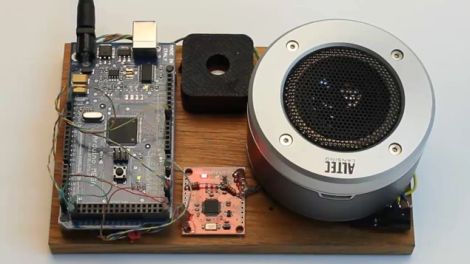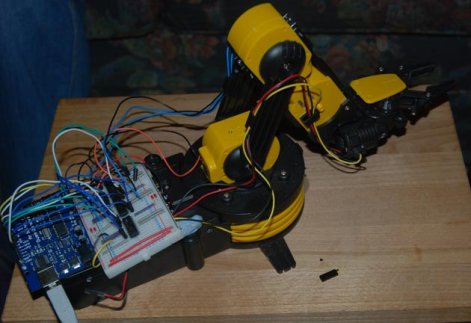
While the Segway enjoyed a few years of fame before falling off the radar, [Marcelo Fornaso] is hoping his creation has quite a bit more staying power. Inspired by the Segway’s ability to balance itself, he started thinking about how the concept could be improved. He felt that one of the Segway’s shortcomings arose out of the fact that the base platform was rigid and required the user to lean back and forth outside the device’s frame in order to turn it. He thought that this made the riding experience uncomfortable as well as risked causing the rider to fall over.
His creation, the Tilto, aims to both improve on the turning ability of the Segway while eliminating the need for handlebars. Based on a tilting mountain board design he had been tossing around for a while, the Tilto uses accelerometers and gyros to keep its balance, much like the Segway. His goal was to keep the vehicle balanced while traveling forwards and backwards, but also allowing the device to tilt from side to side without tipping over. This design keeps the rider mostly upright, allowing the user to direct the vehicle by leaning much like you would on a bicycle.
As you can see in the video below, the Tilto works pretty well, even in its prototype form.
Finally, a people mover that lets us get our gangsta lean on!
















